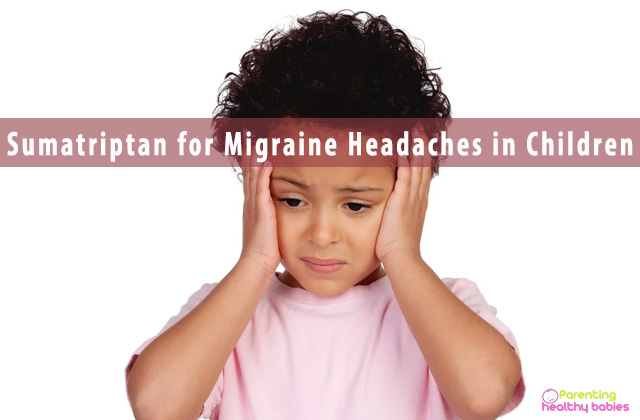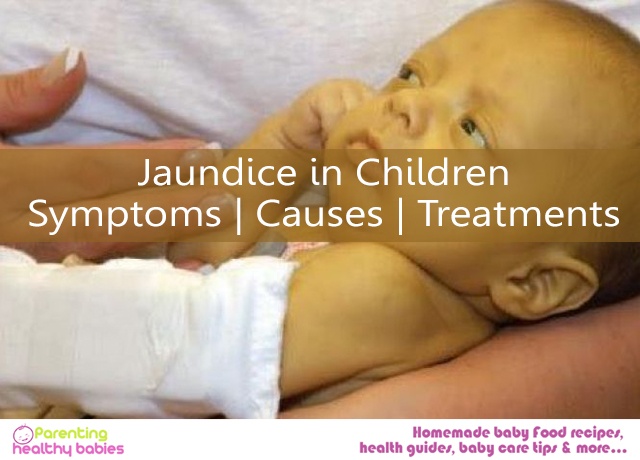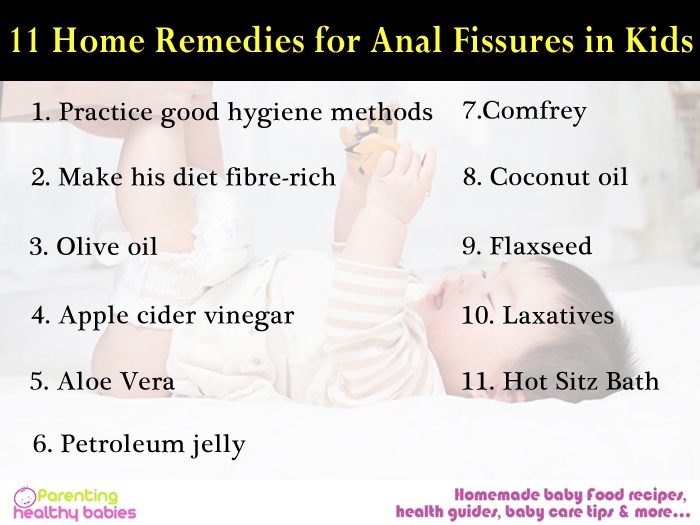Headaches in children are more frequent, and complicated than it is believed. There are several factors that acting in isolation or together, can cause headaches in children. Among them are the following- Genetic predisposition, Cranial trauma, Diseases and infections, Environmental factors, Emotional factors, Certain foods and drinks, Lack of sleep, Inadequate hydration.
A migraine is the type of a headache that most often affects children. It is a pain in the middle of the head (hemicranial), with a throbbing character, which starts in the forehead or temple and can cover the eye, to extend to the other side of the head.
Sumatriptan for Children: Uses, Dosage and Side Effects
Treatment of Migraine
In the treatment of a migraine, three important aspects are considered: the explanations of the diagnosis and the non-pharmacological measures, the abortive pharmacological measures and the treatment with prophylactic medication. Sumatriptan is an anti-migraine drug with a chemical structure reminiscent of serotonin. It is the first discovered drug belonging to the family of triptans.
Dosage
The safety and efficacy of sumatriptan have not been established. However, it can be given to children in the following dosage.
Subcutaneous use: 6 mg
In case of lack of response during the next hour, another additional dose can be given.
Orally: 100 mg
In case of lack of response in two hours, this dose can be repeated every two hours up to a maximum of 300 mg/day.
Uses
Migraine headaches are the result of the expansion of blood vessels. Sumatriptan contracts these blood vessels, thus relieving migraine headaches.
Sumatriptan UR is used to treat migraine attacks with or without aura (a warning sensation that usually includes visual disturbances, such as flashes of light, zigzag lines, stars or waves).
Side effects
Like all medicines, this medicine can cause side effects, although not everyone gets them. Contact your doctor if you need to discuss them.
Sumatriptan can cause serious adverse cardiac reactions due to coronary spasms that can lead to death. However, these cases are very rare and take place preferably in patients with coronary artery disease or in patients who have been treated with ergotamine in the previous 24 hours.
The following side effects are possible:
- Drowsiness, dizziness, tingling sensation
- Feeling sick (nausea) and being sick (vomiting)
- Difficulty breathing
- Allergic skin reactions: a rash on the skin such as red spots or hives (lumps on the skin)
- A sensation of tension. This is usually transient (temporary), but can be strong and can appear anywhere on the body, including the chest and throat, muscle pain.
- Pain, a sensation of heat or cold, pressure or oppression. These symptoms can be strong and can appear anywhere on the body, including the chest and throat
- Visual disorders (blinking, diplopia, decreased vision, loss of vision including permanent defect), although these may be caused as a consequence of the migraine attack itself
- Decreased blood pressure, a disease characterized by symptoms of pallor or bluish discoloration of the skin, and/or pain of the fingers, feet, ears, nose or jaw in response to cold or stress (Raynaud’s phenomenon)
- Inflammation of the colon (part of the intestine), which may present as a stomach pain in the lower left and as bloody diarrhea (ischemic colitis)
- Accelerated heartbeat, slow heart rate, palpitations, irregular heart rhythm, and severe complications of the coronary artery, myocardial infarction, transient ischemic ECG changes
- Anaphylaxis (strong allergic reactions such as swelling of eyelids, face or lips and sudden wheezing when breathing, agitation or tightness in the chest)
If a severe allergic reaction appears, stop taking sumatriptan and contact your doctor immediately.
However, it should be noted that the therapeutic strategy is different from one child to another and consultation with the doctor, the pediatrician, the neurologist or the psychiatrist, is the key to a correct diagnosis and an appropriate treatment of a childhood headache.
In general, the treatment of migraine attacks in children does not usually present many difficulties, since in most cases the child shows a good response to conventional analgesics. However, it is necessary to rationalize its use in order to avoid the development of resistance and even avoid the appearance of a chronic headache secondary to the abuse of them. It is also necessary to bear in mind that sometimes migrainous crises seriously limit the quality of life of the child, as they do not have an optimal response to conventional therapeutic measures.
The greatest advance in the treatment of the acute phase of a migraine in the last ten years has been the introduction of triptans. However, the number of works that have been done on the efficacy of triptans in children, compared to adults, is scarce.
References
https://www.healthline.com/health/sumatriptan-oral-tablet#side-effects
https://www.rxwiki.com/sumatriptan













